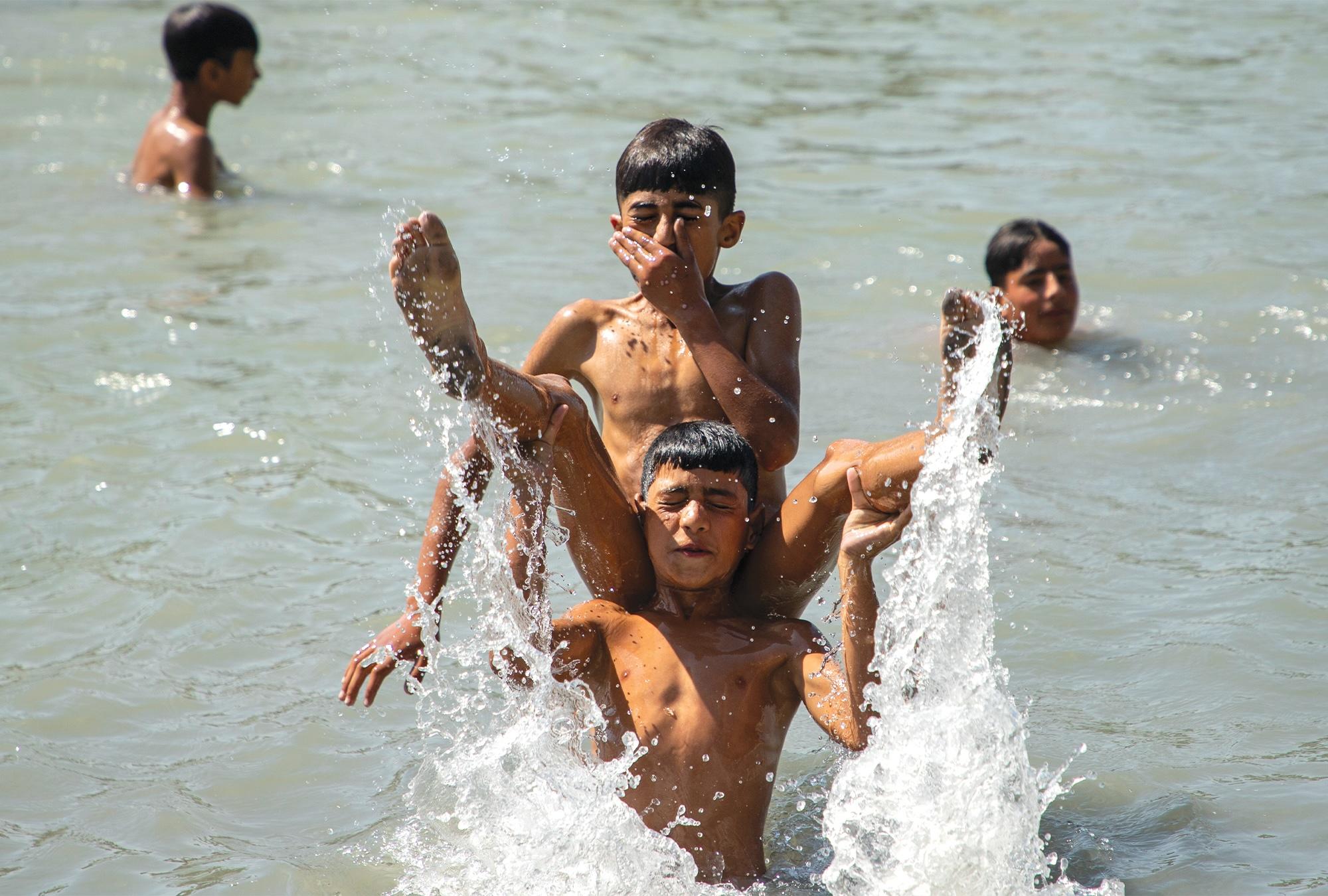Share As A Gift
Share a paywall-free link to this article.
This feature is only available for subscribers.
Start your subscription for as low as $4.95. Already a subscriber?

AS A PHOTOJOURNALIST, I have witnessed firsthand how climate change is shaping life in Kashmir, from snowfalls and receding glaciers to scorching heat waves and erratic rainfall. I have seen rivers drying, houseboats sitting in the dried portion. [This June] when I reached the outskirts of the capital city, Srinagar, kids were playing, bathing, cooling themselves during an intense heat wave.

Got something to say about what you're reading? We value your feedback!